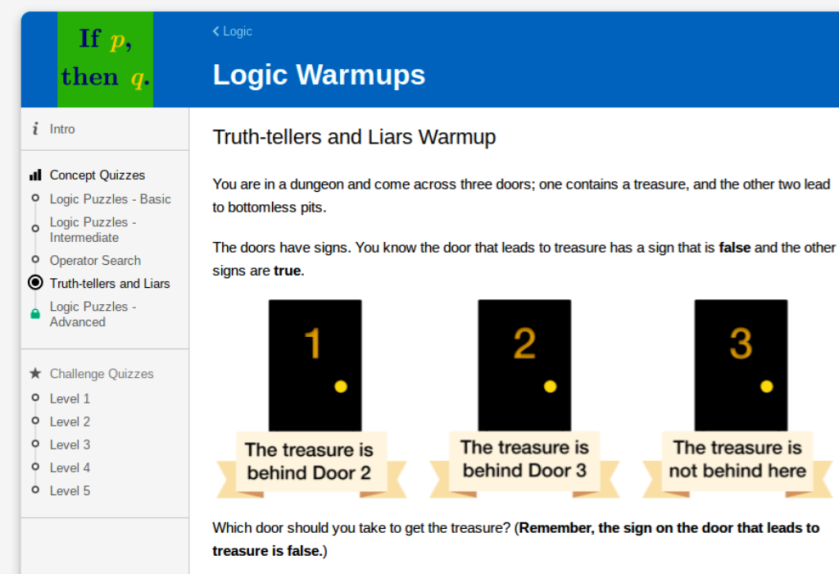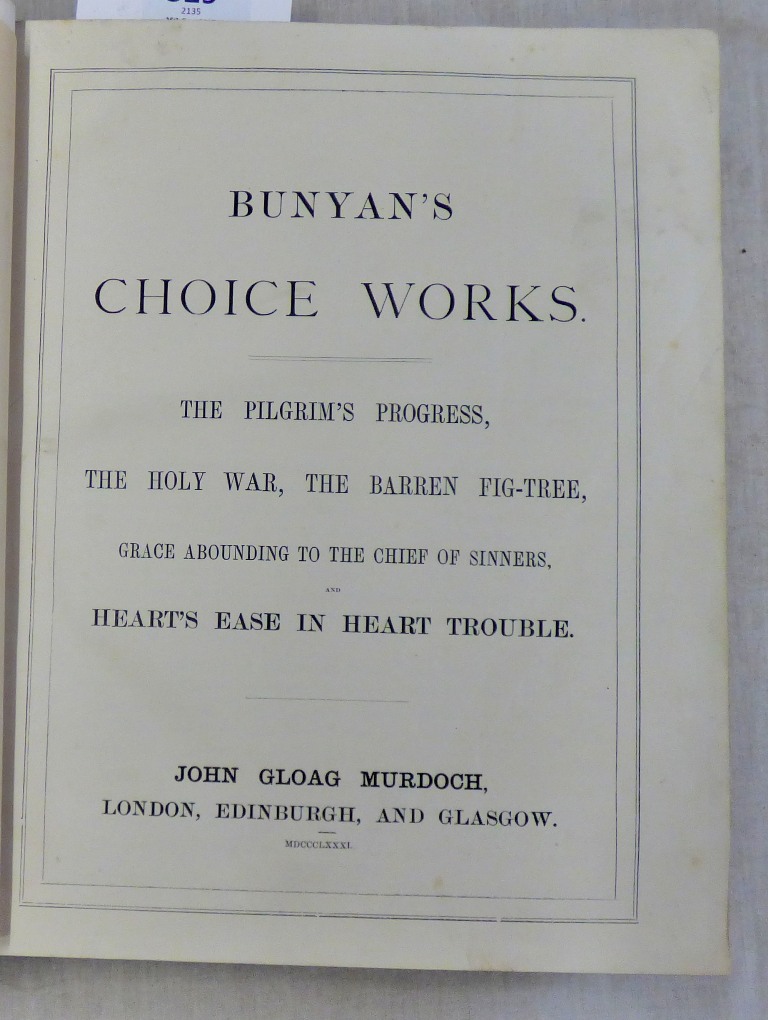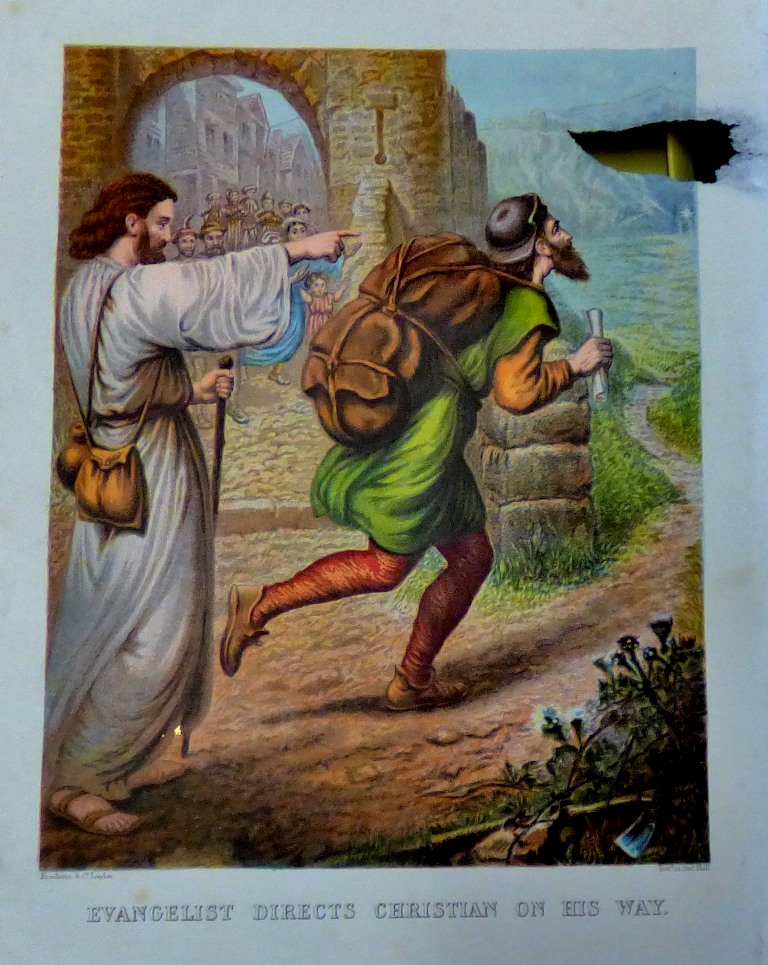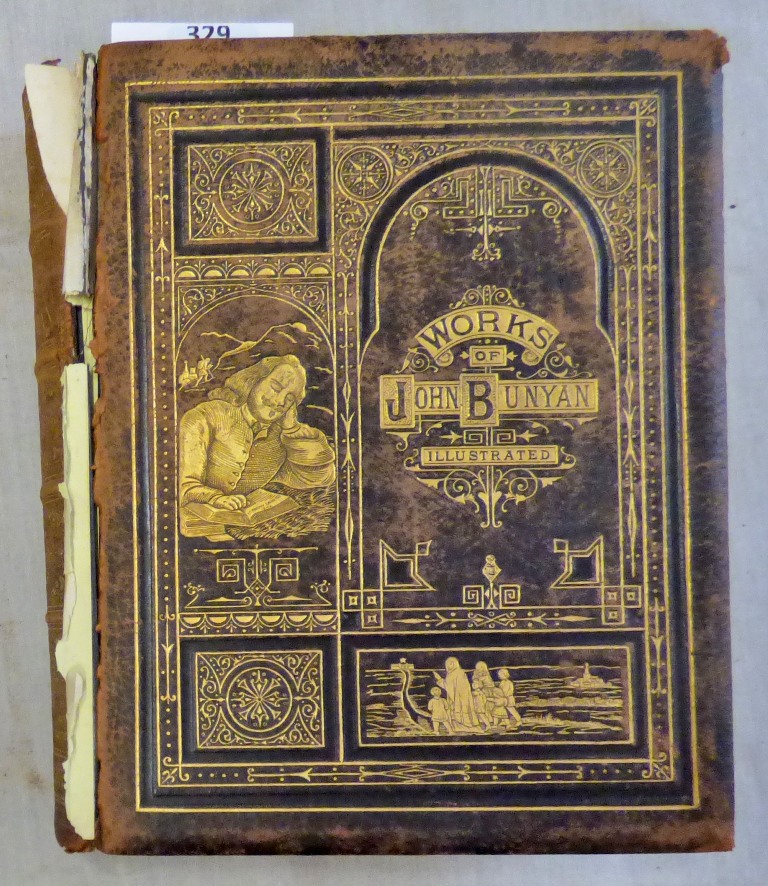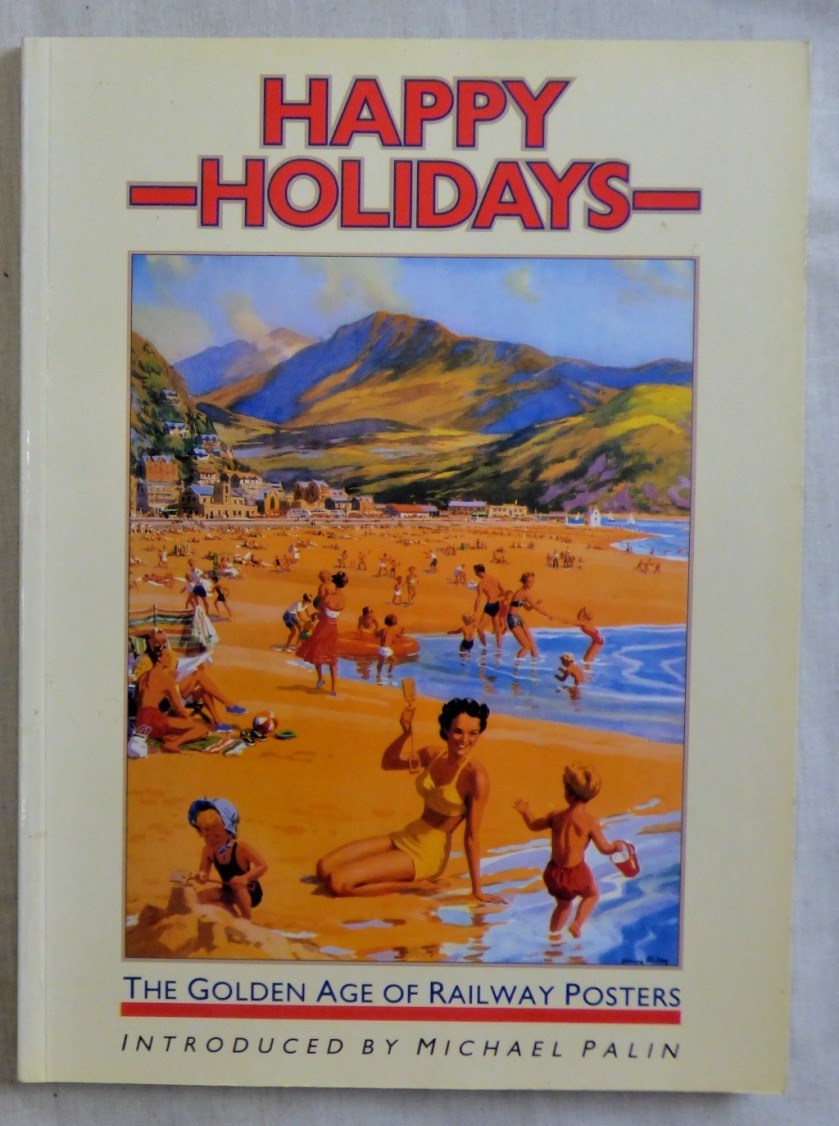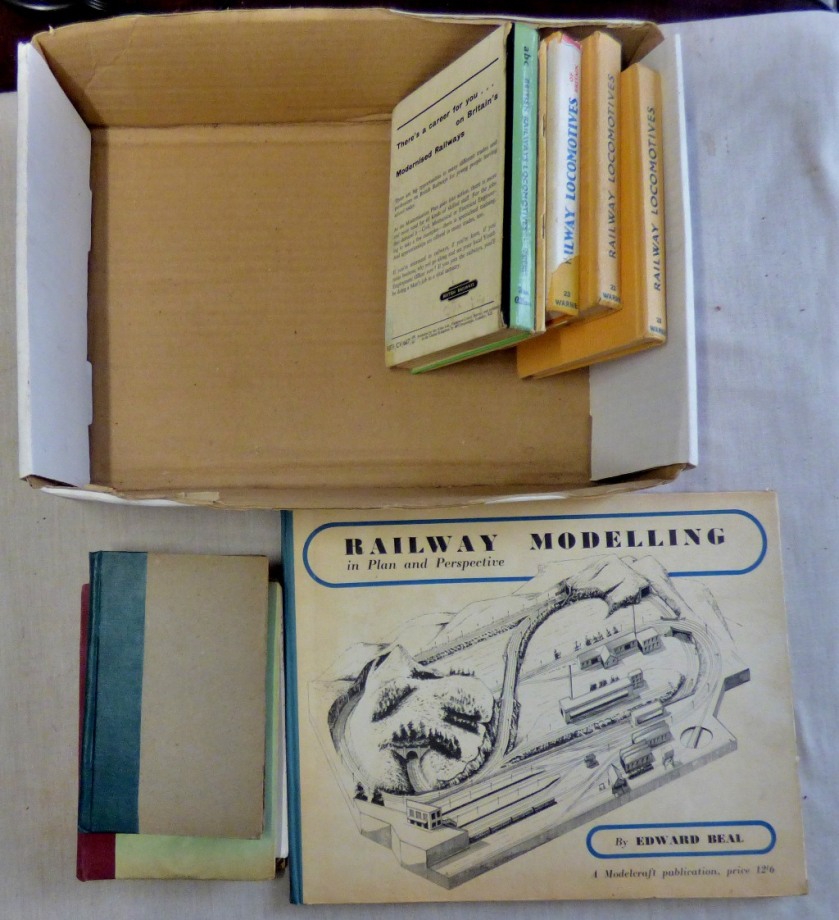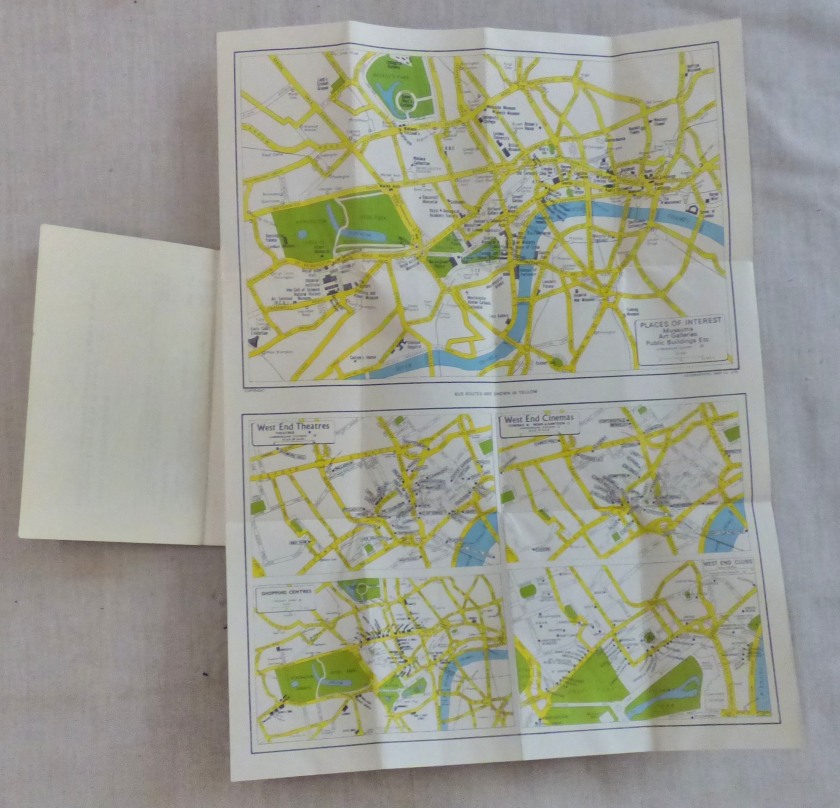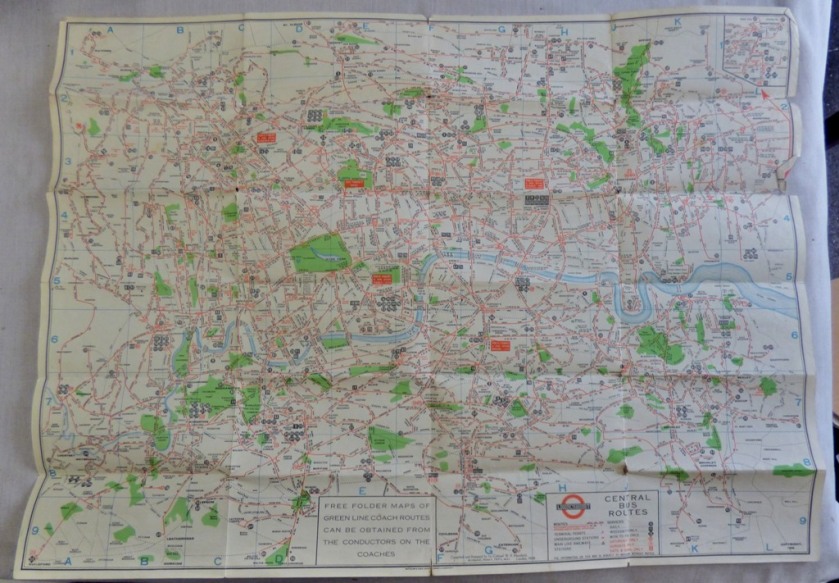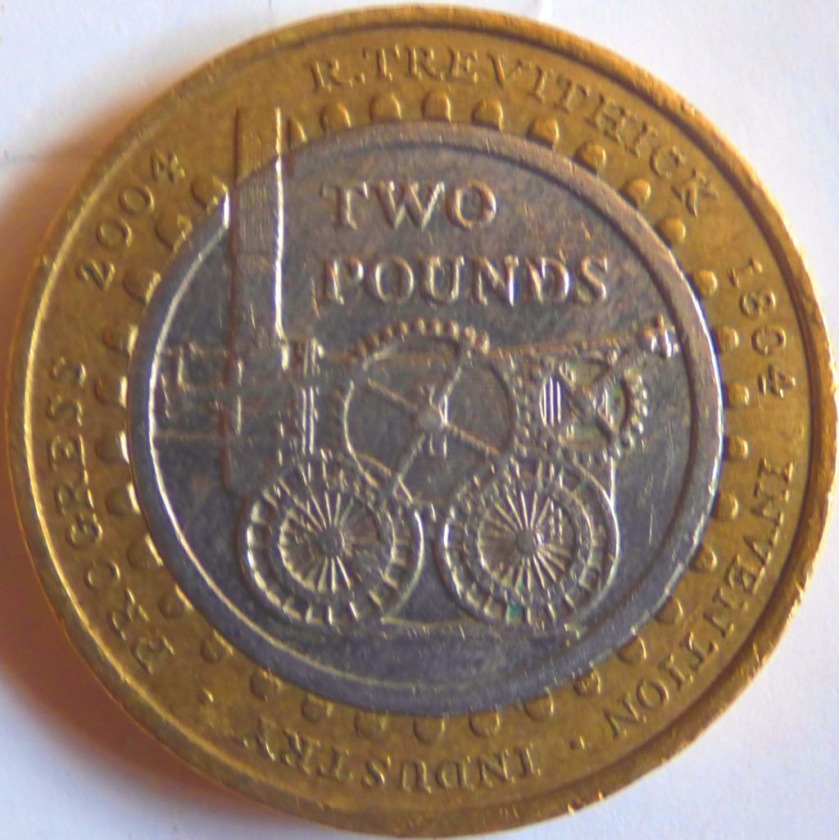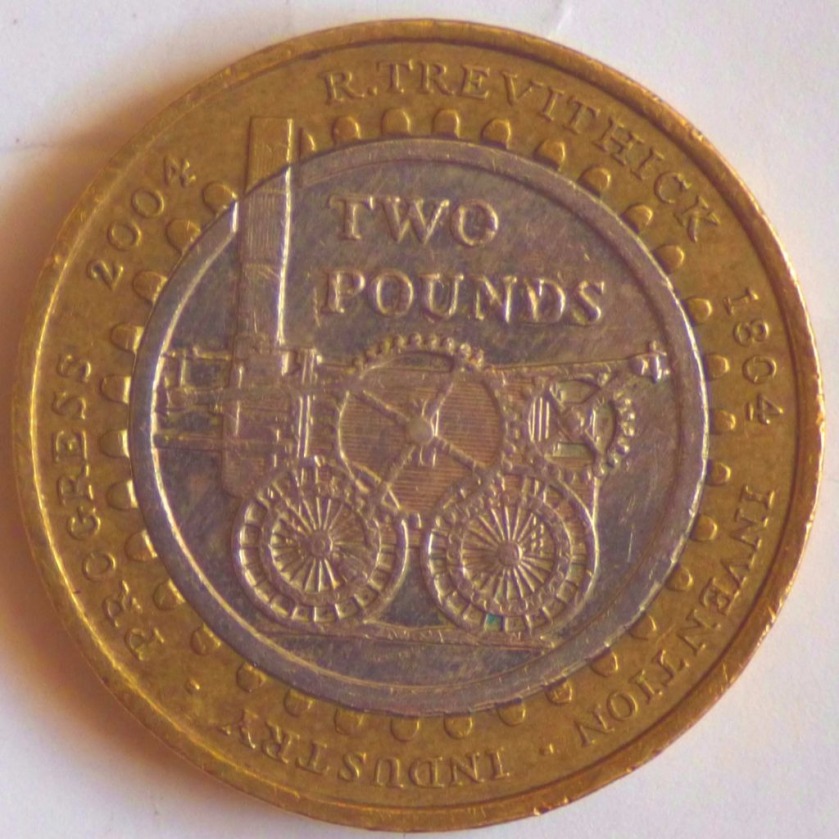INTRODUCTION
Another day sees another variation on the all time XI cricket theme. Today we pit a team of cricketers who share names with famous scientists against a team of cricketers who share names with famous novelists. In all bar two cases the shared name is a surname. As per usual I have not selected anyone purely because their name fits. I am well aware that some very eminent scientists also wrote novels – Carl Sagan’s “Contact” is on my shelves to name but one.
THE SCIENTISTS XI
- John Rutherford – right handed opening batter. He was the first Western Australian to be selected for his country, being picked for the 1956 tour of England. Although he failed, in common with most of his team mates, on that tour he had a very respectable first class record, and probably should have been given the opportunity to perform on home soil. His scientific namesake is Ernest Rutherford, born on the other side of the Tasman, and justly famous for his work on the atomic nucleus, and having the element Rutherfordium named in his honour.
- Navjot Singh Sidhu – right handed opening batter. At a time when his country found it hard to find anyone to go in against the new ball Sidhu did so and recorded a very respectable average. Although he was better against the quicks he could give mediocre spin and absolute walloping, as John Emburey and Ian Salisbury discovered to their cost on the 1992-3 tour of India. The scientist with whom he shares a name is Simon Singh, author of books that include “Fermat’s Last Theorem” and “Big Bang”.
- Geoff Marsh – right handed batter. A first class triple centurion, and a fine test record as well. Among the many humiliations the 1989 Aussies inflicted on the disorganized and inadequate rabble masquerading as “England” that year Marsh and his left handed partner Taylor became only the second opening pair in Ashes history (after Hobbs and Sutcliffe who did so at Melbourne in 1924 in response to a total of 600) to bat through a whole day’s play – by tea on day 2 England had captured precisely two wickets in five uninterrupted sessions of bowling, before Australia did lose some wickets after that interval as they hustled to a declaration at 602-6, enough to win by an innings and plenty. Two sons, Shaun and Mitchell Marsh have also represented Australia with some success, although neither have a record to place them in the very top bracket. The scientist to whom Geoff owes his selection in this XI is palaeontologist Othniel Charles Marsh, who identified and catalogued a vast number of fossil species in the course of his long and distinguished career.
- Derek Randall – right handed batter, brilliant fielder. The heavy scoring Nottinghamshire batter was often made to bat right up at the top of the order for England, a role to which he was not best suited, though he did deliver one Ashes winning innings at no3, a nine and a half hour 150 in scorching heat at Sydney in the 1978-9 series. His speed around the field earned him the nickname ‘Arkle’ in honour of one the most famous racehorses of the time. His scientific namesake is cosmologist Lisa Randall, who I first came across in a wonderful little book by another cosmologist, Janna Levin, titled “How The Universe Got Its Spots”.
- Ian Bell – right handed batter. A superb timer of the ball, it often did not look like he had really hit the ball until one saw it speeding to the boundary. He overcame an early reputation for being somewhat soft to become for a period one of the most respected middle order batters in world cricket. His matching scientist is Jocelyn Bell, later Jocelyn Bell Burnell, who discovered the first pulsar. She was scandalously deprived of the Nobel Prize this warranted as the committee decided to give sole credit to her supervisor Anthony Hewish, when at best he deserved a share of the award, though I personally would have limited him to an honourable mention in the citation.
- +John Hubble – wicket keeper, right handed batter. One of a succession of top drawer keepers that Kent have had down the years, he initially got into the side as a batter, while Fred Huish retained the gloves, but after World War 1 and before the rise of Ames who continued the sequence (which runs on through Evans and Alan Knott to Oliver Graham Robinson of today) he was keeper as of right. His scientific alter ego is of course Edwin Powell Hubble, discoverer of the red shift phenomenon and prover that ours is not the only galaxy in the universe, after whom the Hubble constant and the Hubble space telescope are named. Hubble was able to achieve what he did in no small part due to the hard and largely unheralded work of human ‘computer’ Henrietta Swan Leavitt.
- James Franklin – left handed batter, left arm medium fast bowler. The Kiwi who played for Middlesex for a number of years, fully merits his place as all rounder – at his best he was a very fine cricketer indeed. As befits the all rounder of the side he has two eminent scientific namesakes – Rosalind Franklin whose x-ray diffraction photographs helped to reveal the structure of DNA, though she got none of the credit, as her work was shown to Francis Crick and James Watson without her even being consulted and neither of those two saw fit to even mention her in connection with their claimed discovery and Benjamin Franklin, late 18th century polymath.
- Frank Tyson – right arm fast bowler. The Northamptonshire and England man destroyed Australia in their own backyard in the 1954-5 Ashes. A shooting star in cricket’s skies, his brief spell at the top left him with a test bowling average of 18.56. His scientific alter ego is Neil De Grasse Tyson, astrophysicist, cosmologist and planetary scientist.
- Srinivas Venkataraghavan – off spinner. The Indian, one of four specialist spinners who flourished for that country in the 1970s, was an off spinner more noted for accuracy than big turn. After his playing days were finished he went on to a very distinguished career as an umpire. His scientific namesake, slightly sneakily, is Srinivasa Ramanujan, the great Indian mathematician. Ramanujan was brought to England by the eminent Cambridge mathematician Godfrey Harold Hardy, and made serious waves in the few years he had before health problems overcame him. Hardy, in “A Mathematician’s Apology” tells a story of Ramanujan in his final illness: Hardy attempting to make conversation mentioned the number of the cab that had brought him there, 1729, and expressed the opinion that it was a rather dull number, to which Ramanujan said: “No Hardy, it is the smallest number that can be expressed as the sum of two cubes in two different ways.”
- Jeff Thomson – right arm fast bowler. Terrifyingly fast in his prime, when he teamed up with Dennis Lillee to lay waste to opposition batting orders. One of the things that gave Clive Lloyd the idea for the ‘four fast bowlers’ strategy he used to such devastating effect for the West Indies was the experience the men from the Caribbean suffered when beaten 5-1 in Australia in 1975, and they struggled badly against Lillee and Thomson, backed up by left arm pace bowler Gary Gilmour and right arm fast medium swing specialist Max Walker. His scientist alter ego is William Thomson, first Baron Kelvin, after whom the absolute temperature scale, and Marcus Chown’s book “We Need To Talk About Kelvin” are both named. There used to be a pub called the Lord Kelvin near King’s Lynn bus station, but it closed a while back, and the building has been slowly but visibly decaying ever since.
- *Bhagwath Chandrasakehar – leg spinner. One of the most individual bowlers in cricket’s long history, his right arm was withered from polio suffered as a child, and that was the arm he bowled with. He managed with the aid of the whippy, withered limb to be quick through the air and achieve sharp turn. He is second in the list of first class wicket takers who did not ever bowl in the County Championship behind another very different leg spinner, Clarrie Grimmett. I have gambled by naming him as captain, a role actually performed IRL by his fellow specialist spinner Bishan Bedi. His scientific namesake is Subrahmanyan Chandrasakehar, a physicist and cosmologist who shared a Nobel Prize with Willy Fowler for work that explained the later evolutionary stages of massive stars. The Chandrasakehar limit, which relates to the collapse of stars after they have gone supernova (it is the greatest mass that a white dwarf can reach before it in it’s own turn collapses further to become a neutron star) is named in his honour.
The ‘scientists XI’ has a respectable top five, a good wicket keeper who can bat at six, an all rounder and four varied specialist bowlers. The bowling, with Tyson, Thomson, Franklin as third seamer, Chandrasakehar and Venkataraghavan should not struggle to take 20 wickets in a match either.
THE NOVELISTS XI
- Charlie Harris – right handed opening batter. Like his great Nottinghamshire predecessor George Gunn, Harris was an eccentric. Once when chided for slow scoring by a spectator he pointed his bat handle first towards the culprit and mimed shooting! His fiction writing alter ego for my purposes is Robert Harris, a writer of historical novels, including a trilogy about the life of Marcus Tullius Cicero, “Imperium”, “Lustrum” and “Dictator” and a novel about the selection of a new Pope, “Conclave”.
- MJK Smith – right handed opening batter. The Warwickshire and England man was a big scorer who never quite established himself at test level, partly because when he was in his prime Boycott and Edrich were normally first choice openers. He has two namesakes I choose to mention: Denis O Smith, a writer of new Sherlock Holmes stories, and Dodie Smith, author of “101 Dalmatians” and “Starlight Barking”, both of which I read and enjoyed as a child.
- *WG Grace – right handed batter, right arm bowler of various types. Cricket’s first superstar, used in my “CLR James Trophy” post to introduce the man he was named after, royal physician to Elizabeth I William Gilbert. This time he gets in to highlight action/ adventure novelist Tom Grace.
- Adrian Rollins – right handed batter, occasional wicket keeper. The Derbyshire man who could not have been far short of an England call up at his best gets in on account of the novels of James Rollins. The first Rollins novel that I read was “The Judas Strain”, which was set largely in the Angkor temple complex in Cambodia, and featured a bacteria that turned all the bacteria in the human body against their host. It is an excellent read, and I have found that to apply to many other Rollins books.
- Stanley Jackson – right handed batter, right arm medium fast bowler. A Yorkshire stalwart whose England appearances were limited to home matches against Australia (he scored five test centuries nevertheless). His fiction writing analogue is Douglas Jackson, a writer of historical fiction whose first book was “Caligula”, and who then moved forwards in time through the reigns of Claudius and Nero. This is a popular period with novelists, with Robert Graves’ classics “I, Claudius” and “Claudius The God” overlapping it, along with Roberto Fabbri’s “Vespasian” series and Simon Scarrow’s “Eagles” series.
- Dai Davies – right handed batter, right arm medium pacer, right arm off spin. Glamorgan’s first great home grown talent of their first class period (they became a first class county in 1921, he made his debut in 1923, retiring in 1939). He was umpiring in the game at Bournemouth in which Glamorgan sealed their first County Championship in 1948, and is alleged to have responded to the final appeal with “that’s out and we’ve won.”. His fiction writing analogue is David Stuart Davies, a highly skilled Holmesian writer whose credits include “Sherlock Holmes and The Ripper Legacy”, “The Veiled Detective” and many others.
- Ellyse Perry – right handed batter, right arm fast medium bowler. Her colossal list of cricketing credits include a test double century and a seven-for in an ODI. Her fiction writing namesake is Anne Perry, author of historical detective novels. Her two main series feature lead characters named Thomas Pitt and William Monk respectively.
- +Kycia Knight – wicket keeper, left handed batter. An excellent keeper with a very respectable batting record. Her sister Kyshona also plays for the West Indies. Her fiction writing alter ego is Bernard Knight, creator of the “Crowner John” series of historical detective novels.
- Bill O’Reilly – leg spinner. Rated by many as the best bowler of any type to play in the inter-war years, his achievements include topping 25 wickets in each of four successive series. His fiction writing counterpart is Matthew Reilly, a bit of a stretch, but worth it for his extraordinary action adventure novels. Whether it be his Jack West series, the Scarecrow series (these two were effectively amalgamated by “The Four Legendary Kingdoms”, which has been followed by “The Three Secret Cities”, leaving two volumes, the last of which I suspect will be titled “The Omega Event”, to complete that series, or his various stand alone efforts, such as “Temple”, “Tournament” and “The Great Zoo of China” the books are universally excellent. I put up a post about his novels a while back, and recommend you visit it by clicking here.
- Craig McDermott – right arm fast bowler. The red headed Queenslander was an excellent fast bowler in his day, though a trifle injury prone. His literary alter ego is Andy McDermott, author of a series of adventure novels featuring archaeologist Nina Wilde and her ex-SAS husband Eddie Chase. The most recent novel in the series is “The Spear of Atlantis”, but you will not be disappointed whichever of these novels you happen to pick up.
- Matthew Dunn – right arm fast bowler. At one stage, before injuries started to take their toll he seemed destined for an England call up. As it is he only gets in because he has two literary alter egos: Carola Dunn, author of two excellent series of detective novels, the “Daisy Dalrymple” series and the “Cornish Mysteries”, which feature DS Megan Pencarrow, and Suzannah Dunn, author of historical novels including “Confessions of Katherine Howard” and “Sixth Wife”.
This team has great batting depth, with everyone down to Knight at no8 recognized in that department, and the bowling is well stocked, with Dunn, McDermott and O’Reilly the specialists, and Perry, Grace, Davies and Jackson as more than handy back up options. The spin department is a little light, but even so it looks a good bowling unit.
THE CONTEST
The contest for what I have decided to call the ‘CP Snow Trophy’ looks an absolute cracker. The ‘scientists’ have a somewhat less strong batting line up, but a quite awesome bowling attack, while the ‘novelists’ have a better batting line up, but are less formidable as a bowling unit. It will probably come down to the contributions of WG Grace and Ellyse Perry, and it is hard not to see those two each producing a match winning performance somewhere, so in a five match series the ‘novelists’ are not faring any worse than a 3-2 defeat. Equally it is hard to see Tyson and Thomson not being match winners, so we arrive at 2-2 for four of the five matches – it will go down to the wire.
MATHEMATICAL TEASER
Here, linking both of today’s XIs, is a mathematical problem involving a bit of detective work, courtesy of brilliant.org:
The original question was officially a multiple choice one, but I solved it in seconds and without reference to the available choices, so I am not making it multiple choice here.
A LINK AND PHOTOGRAPHS
The two sides contending for the ‘CP Snow Trophy’ have been introduced, and I have offered up a mathematical teaser for your attention. I offer one solitary link before my usual sign off: to a piece at gazetteseries calling for an ambitious approach to the reintroduction of beavers to the UK.

























